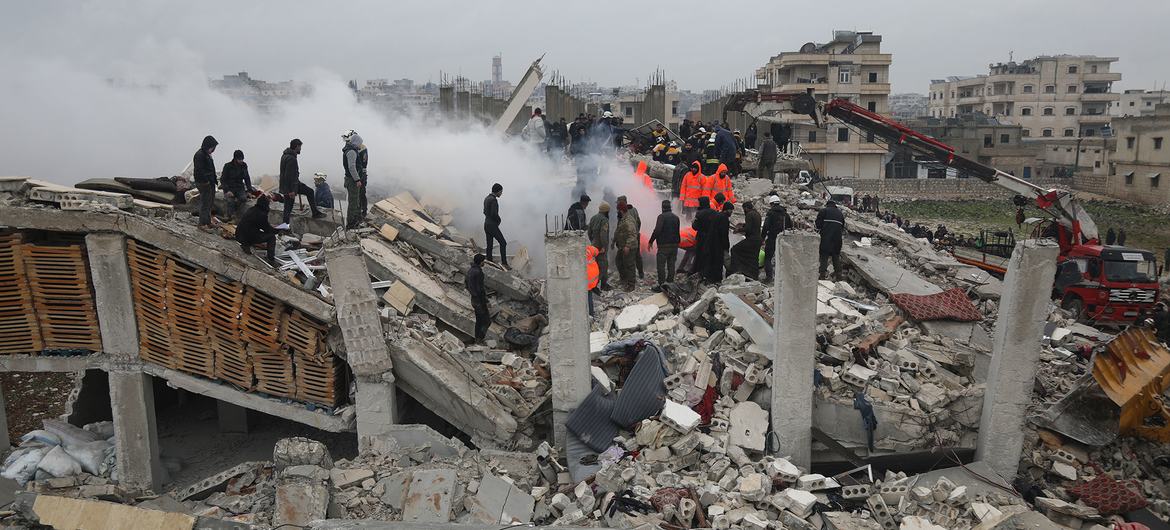In the early hours of Monday, a massive earthquake struck southeast Turkey, close to the border with Syria, killing over 2,000 people and injuring thousands more.
Close on the heels of the first earthquake, which struck not far from the city of Gaziantep, came a second, nearly as powerful tremor.
What made it so lethal?
The earthquake was significant. The one near Gaziantep was measured at 7.8 on the official magnitude scale, making it a “major” quake. Its shallow epicenter, at around 18 km (11 mi), caused significant surface damage.
As the director of UCL’s Institute for Risk and Disaster Reduction, Professor Joanna Faure Walker, stated, “Of the deadliest earthquakes in any given year, only two in the last 10 years have been of equivalent magnitude, and four in the previous 10 years.”
However, the destruction is due to more than just the quake’s force.
All of the residents were safely tucked away in bed when this happened.
Also important is the structural integrity of the buildings.
University of Portsmouth reader in volcanology and risk communication Dr. Carmen Solana says: “Unfortunately, South Turkey and Syria both have insufficient resistant infrastructure, making response time the single most important factor in saving lives. The search for survivors must begin immediately. The number of people who make it past the first 48 hours drops dramatically.”
Since there had not been a significant earthquake in the area for over two hundred years, nor had any warning signs been put in place, the population was likely less prepared than it would be in a place more accustomed to dealing with earthquakes.
When did the earthquake start, and why?
There are many small pieces that make up the crust of the Earth, and these pieces are called plates.
These plates frequently attempt movement but are impeded by the friction created when they rub against one another. The surface can shift, however, when the pressure becomes so great that one plate jerks across all the others.
This time, it was the Arabian plate that was heading north and colliding with the Anatolian plate.
Historic earthquakes were caused by plate friction, which caused significant damage.
It triggered an earthquake measuring 7.4 on August 13, 1822, which was significantly smaller than Monday’s 7.8.
Nevertheless, the 19th century earthquake caused significant destruction to local communities, with 7,000 deaths attributed to the city of Aleppo alone. Nearly a year passed, and every so often, there would be a damaging aftershock.
A number of aftershocks have already occurred following the latest earthquake, and experts believe they will follow the same pattern as the last major tremor in the region.
When an earthquake occurs, how do we gauge its magnitude?
The moment magnitude scale is used to quantify these phenomena.
In most people, a tremor with a magnitude of 2.5 or lower is imperceptible, but it can be detected by instruments. Minor damage is done by quakes up to magnitude 5, but they are still felt. The Turkish earthquake measured 7.8, making it a major quake with the potential to cause extensive damage.
Any magnitude greater than 8 is catastrophic, and can completely wipe out urban cores.
To what extent does this tremor the other major quakes of recent memory?
In 2011, a magnitude 9 earthquake struck off the coast of Japan, causing widespread damage on the land and a series of giant tidal waves, one of which caused a major accident at a nuclear plant in the area.
In 1960, Chile recorded the world’s largest earthquake, measuring a staggering magnitude of 9.5.
